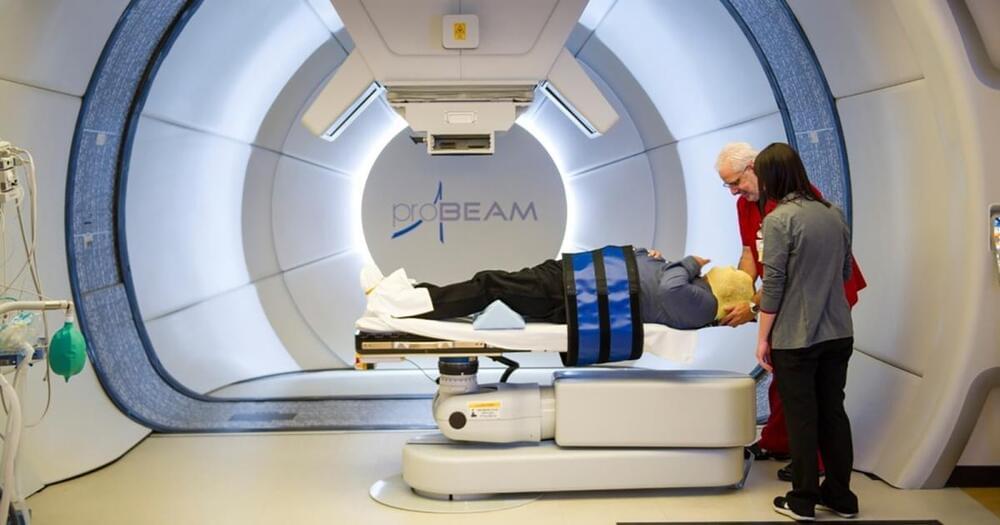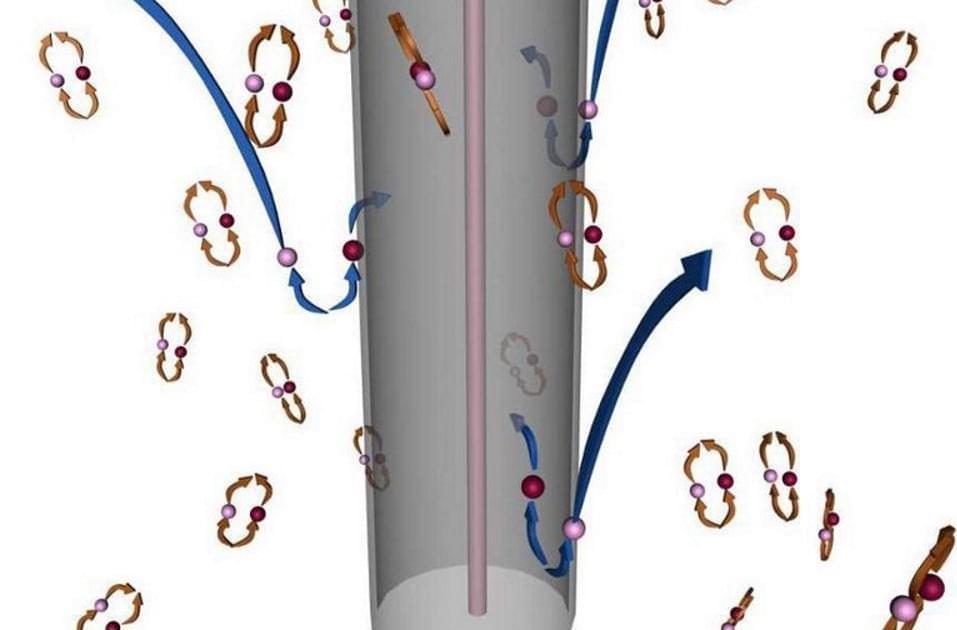How Abell 611 remains intact at its celestial perch is a major question — and its likely that dark matter binds it together.



Evan Spiegel, Snap CEO, “Last thing I want to do when I get home from work,” is the metaverse.
It might be big news to Mark Zuckerberg, who is all in on the metaverse, but most other big tech and social media leaders are not so hyped. In fact most of them are extremely unenthusiastic.
Speaking at the Wall Street Journal’s Tech Live conference Wednesday, several executives weighed in on what the metaverse is, with very few having kind words for the startup. While none made direct mention of the multi-billion dollar investment by meta in the virtual world, this was something that was foremost on leaders’ minds.

“You’d be crazy not to, given their track record.”
Amazon is working toward the launch of two prototype satellites for its SpaceX Starlink-rivaling internet service, Project Kuiper. The delivery giant plans to launch these first two satellites at some point next year, and earlier this year, it penned what it calls “the largest commercial procurement of launch vehicles in history.”
Amazon signed that agreement, totaling 83 Kuiper launches, with United Launch Alliance (ULA), European firm Arianespace, and Jeff Bezos’ Blue Origin.
There’s one important caveat, though.
1, 2
The delivery giant plans to launch these first two satellites at some point next year, and earlier this year, it penned what it calls “the largest commercial procurement of launch vehicles in history.”

It all started in 2019 when the team’s lab lights went out for one night.
Researchers from the National University of Singapore (NUS) stumbled upon a discovery that could forever revolutionize how we acquire hydrogen from water, according to a press release from the institution published on Thursday.
Just_Super/iStock.
Light as a trigger.

There is a mix of excitement and fear and lots of memes.
After much back and forth and a lawsuit, four days ago, Elon Musk completed his $44 billion takeover of the social media platform Twitter. Musk had put the deal on hold after his initial offer earlier this year. Later he backed out, citing a high number of fake or spam accounts on the platform, a point that then-CEO Aggarwal had publicly denied.
Musk was then taken to court by Twitter’s lawyers. The court had given the two parties time till the month’s end to work out a deal.
As soon as Musk acquired Twitter, he proceeded to fire CEO Parag Aggarwal, finance executive Ned Segal, and legal and policy executive Vijaya Gadde.
Billionaire CEO Elon Musk has finally bought Twitter after a long saga of back-and-forth negotiations and even a lawsuit. The internet is both excited and afraid, and people are expressing their opinions in all kinds of ways.

It is the first coal carrier to be powered by hard sail wind power propulsion technology.
The world’s first partly wind-powered bulk carrier ship sailed to the Port of Newcastle on its maiden voyage this week. The Japanese shipping company Mitsui O.S.K. Lines (MOL), which delivered the 100,422 dwt (dead-weight tonnage) bulker on October 7, 2022, sailed to Newcastle on Monday, reported Offshore Energy.
The Japanese shipping company Mitsui O.S.K. Lines (MOL), which delivered the 100,422 dwt (dead-weight tonnage) bulker on October 7, 2022, sailed to Newcastle on Monday, reported Offshore Energy.
“The world’s first bulk carrier to be partially powered by wind, the Shofu Maru, sailed into #Newcastle this morning on its maiden voyage,” the Port of Newcastle authorities wrote on Twitter.

The first-in-human trial of FLASH radiotherapy found the experimental treatment to be safe and effective — suggesting that there may be a faster, less painful way to use radiation against cancer.
The status quo: Radiation therapy is a common cancer treatment that uses high doses of radiation to kill or slow the growth of cancer cells. Usually, this is done by aiming a beam of radiation directly at a tumor for a few minutes. This part of the process is painless, like getting an X-ray.
Patients typically undergo daily treatments five days a week for several weeks, and including setup time, a treatment usually takes about 15 to 30 minutes.

When in 2015, Eileen Brown looked at the ETER9 Project (crazy for many, visionary for few) and wrote an interesting article for ZDNET with the title “New social network ETER9 brings AI to your interactions”, it ensured a worldwide projection of something the world was not expecting.
Someone, in a lost world (outside the United States), was risking, with everything he had in his possession (very little or less than nothing), a vision worthy of the American dream. At that time, Facebook was already beginning to annoy the cleaner minds that were looking for a difference and a more innovative world.
Today, after that test bench, we see that Facebook (Meta or whatever) is nothing but an illusion, or, I dare say, a big disappointment. No, no, no! I am not now bad-mouthing Facebook just because I have a project in hand that is seen as a potential competitor.
I was even a big fan of the “original” Facebook; but then I realized, it took me a few years, that Mark Zuckerberg is nothing more than a simple kid, now a man, who against everything and everyone, gave in to whims. Of him, initially, and now, perforce, of what his big investors, deluded by himself, of what his “metaverse” would be.

NASA scientists are preparing to paint the most detailed picture to date of the atmosphere of Venus when the aptly named DAVINCI — or Deep Atmosphere Venus Investigation of Noble Gases, Chemistry, and Imaging — mission drops a probe to the planet’s surface.
When the 3-foot-wide (0.9 meters) descent sphere of the DAVINCI mission takes its one-way parachute trip to Venus’ surface in the early 2030s, it will be carrying the VASI (Venus Atmospheric Structure Investigation) instrument along with five other instruments. VASI will collect data regarding the temperature, pressure and winds of Venus’ atmosphere as it makes its hellish descent and enters the planet’s crushing lower atmosphere.
